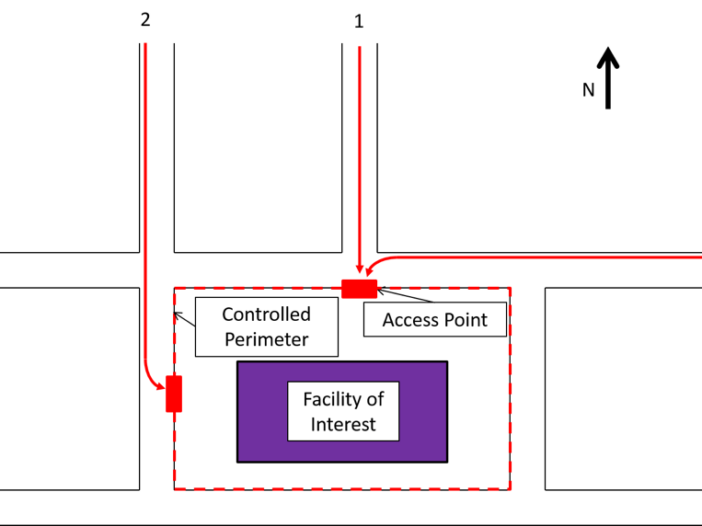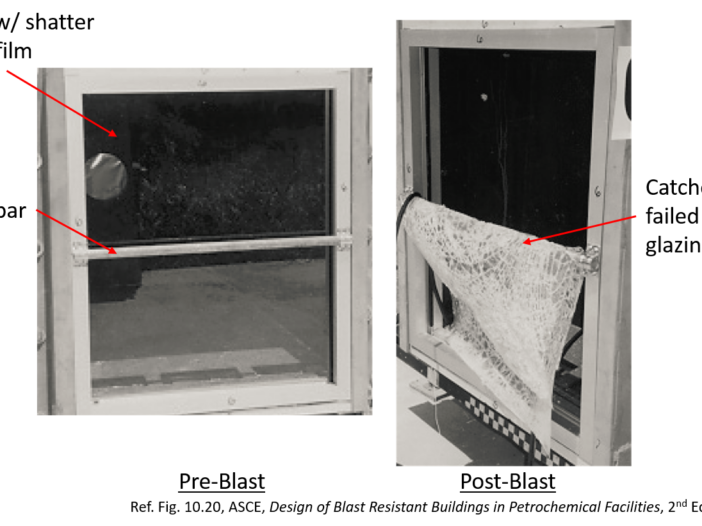by Timothy Sisson, P.E. Physical security requirements often include protection against a vehicle ramming threat, where an aggressor attempts to attack a facility by crashing a vehicle through the lobby or loading dock, or by breaching a controlled perimeter around the facility. These threats can be countered by anti-ram vehicle barriers, such as bollards, concrete […]
Industry Developments
GSA Announces Ambitious Federal Courthouse Building and Renovation Plans
The GSA has announced a $947 million plan to improve the federal courthouse facilities in the US. The plan covers courthouses in Tennessee, Ohio, North Carolina, Iowa, South Carolina, Alabama, Georgia, Texas, and Pennsylvania. Here is a link to the announcement Here is a link to more information on the individual courthouses.
Blast Resistant Retrofit Concepts
When leasing space in or buying an existing building, chances are that the building was not designed and constructed with blast resistance and protection in mind. As such, buildings located in high threat environments (see our previous post) most likely require some type of blast resistant retrofits. The scope and selection of retrofits varies depending […]
What Is A High Threat Environment?
We talk a lot about the need for protection, the changes in our world that have increased the threats, and the requirement to be ‘ever vigilant’. But what are we really protecting against, and why? This article focuses on blast threats, but can be extrapolated to other attack modes. Decisions about whether to provide blast […]
Four Critical Characteristics Of Blast Waves
An explosion is a rapid release of energy in the form of light, heat, sound, and a shock wave. From a protection perspective, the shock wave is what we are most concerned about. However, as a security professional or an architect, or a procurement official, you may be asking yourself, why do I care? Well, […]
Richard Galli, PE Becomes Associate Principal and Co-Owner of Stone Security Engineering
New York, New York (March 22, 2016 ) – Stone Security Engineering, P.C., the woman-owned small business specializing in protecting people and property from accidental and manmade hazards, announced today that Mr. Richard Galli, PE is now an Associate Principal and co-owner of the company. “This is a major milestone for Stone, and moves us one step […]



